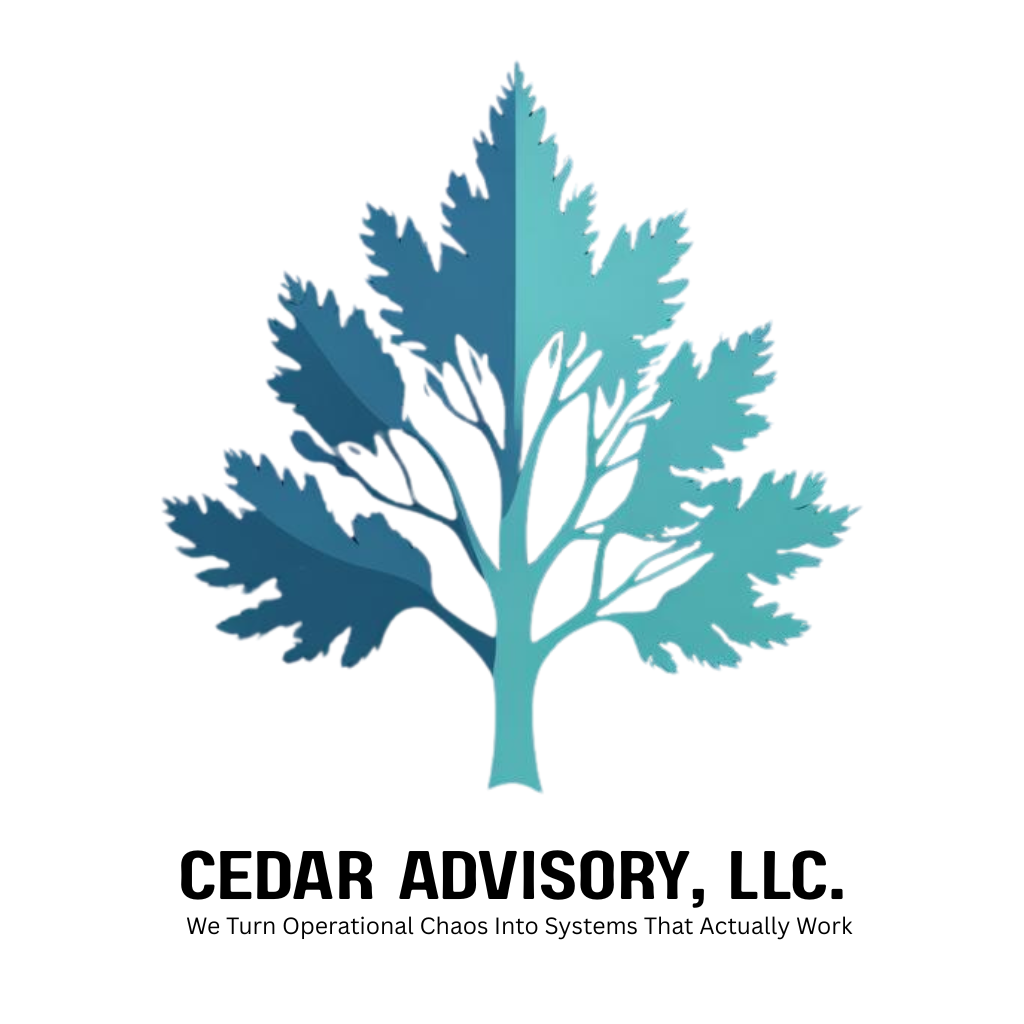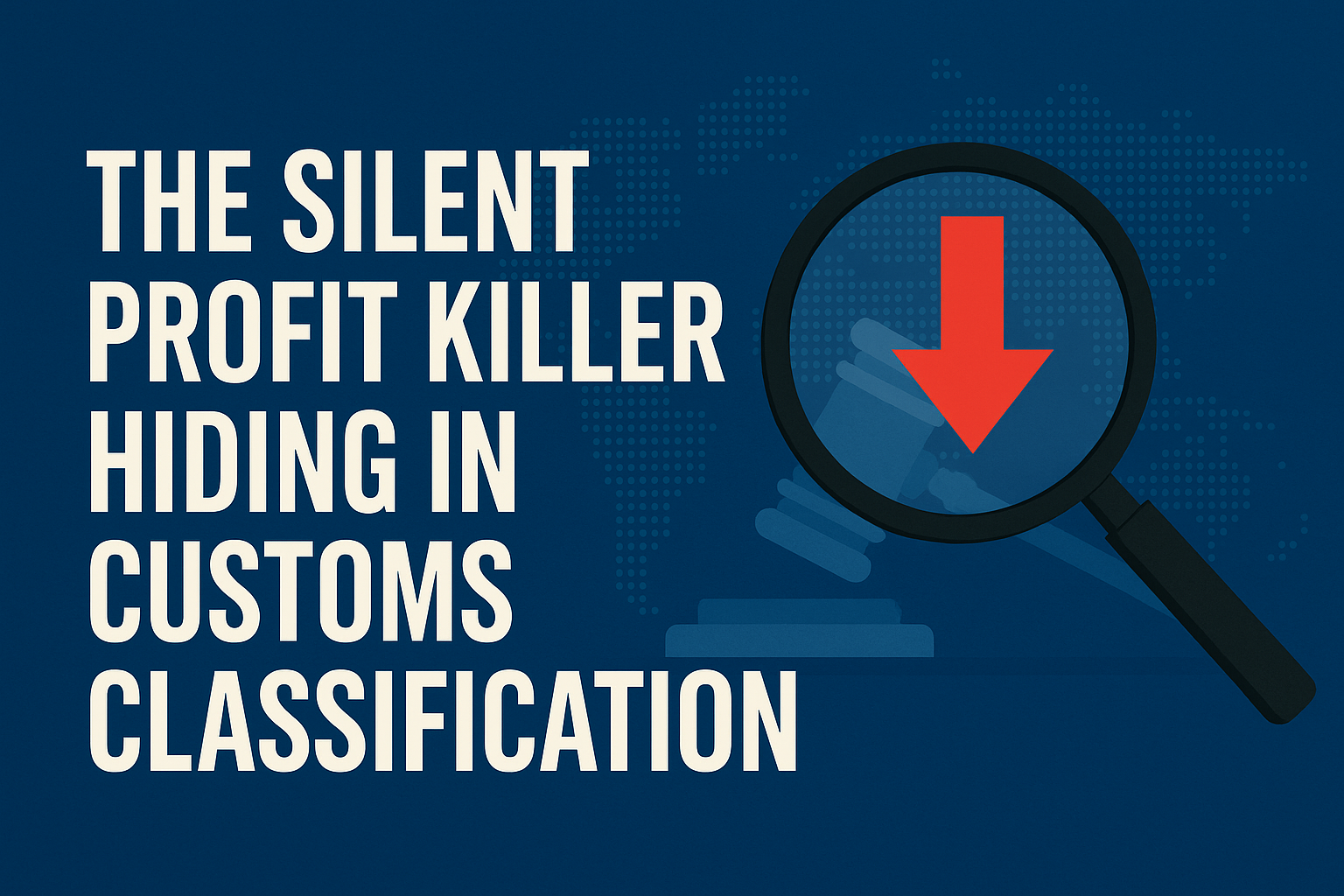When Casper hit $100 million in sales, they celebrated—until they discovered their operational costs were consuming 87% of revenue and their repeat customer rate was below 16%, forcing them into a death spiral that led to their eventual collapse. For emerging consumer packaged goods brands, the journey from promising startup to sustainable enterprise is littered with operational wreckage. What separates the Dollar Shave Clubs that sell for $1 billion from the countless brands that flame out despite early promise? The answer lies in understanding and preventing the operational breakdown patterns that claim seven out of ten scaling CPG companies.
In the beverage category alone, the failure rate climbs to 90%, with only 3% of brands ever reaching the $10 million “proof of concept” threshold. These aren’t just statistics—they represent real companies with real consequences. Target Canada’s $5.4 billion operational disaster and the collapse of pioneering brands like Adina Beverages illustrate how quickly operational failures can destroy even well-funded companies during rapid growth phases.
The brutal mathematics of DTC scaling meets big box reality
The dual challenge of managing direct-to-consumer operations while scaling into big box retail creates a perfect storm for operational breakdown. DTC brands face escalating customer acquisition costs while retailers demand 76% more stringent on-time delivery requirements than five years ago. This forces companies to simultaneously optimize for “eaches” fulfillment and bulk distribution—two fundamentally different operational models.
Casper’s journey illustrates this complexity perfectly. Despite reaching $100 million in sales within two years, the company discovered that less than 16% of customers were repeat buyers, forcing expensive partnerships with over 20 retailers while maintaining their DTC infrastructure. The operational strain of managing both channels contributed to their eventual struggles and underwhelming public offering.
The mathematics are unforgiving: DTC businesses need higher customer lifetime values to justify acquisition costs, while retail partnerships provide scale but slash margins. Companies often spread marketing spend too thin across channels, creating the “middle path” trap where neither channel receives sufficient investment to thrive.
When infrastructure buckles under growth pressure
Operational infrastructure breakdown follows predictable patterns across five critical areas, each representing a potential business-ending failure point for scaling CPG brands.
1. Warehousing and Fulfillment Capacity Planning Failures represent the most visible breakdowns, with labor costs consuming 65% of total warehouse budgets. Poor capacity planning creates storage bottlenecks that compromise delivery times, leading to worker fatigue and product mishandling during overtime periods. Companies often underestimate seasonal peaks by 40-60%, forcing expensive emergency solutions like temporary warehouse space at 3x normal rates. The ripple effects include damaged products, missed delivery windows, and customer service overload from shipping delays.
2. Inventory Management System Failures exact the highest financial toll on scaling operations. Retailers globally lose $818 billion annually to inventory distortion—52% from stockouts and 44% from overstocks. When Walmart missed out on $3 billion in sales due to inadequate inventory control, it demonstrated how quickly these failures cascade through operations. Scaling CPG brands typically see inventory accuracy drop from 95% to below 80% during rapid growth, creating phantom inventory that leads to stockouts despite system reports showing availability.
3. Technology System Capacity Limitations create the most spectacular operational failures. MillerCoors’ $100 million lawsuit against HCL Technologies over a failed SAP implementation revealed eight critical severity defects that paralyzed operations. Mission Produce suffered a $22.2 million year-over-year gross profit decline attributed primarily to ERP problems, illustrating how 90% of ERP transformations miss their goals due to technical-only focus. Legacy systems buckle under transaction volume increases, creating data integrity issues that compound across all business functions.
4. Supply Chain Bottlenecks During Rapid Expansion compound every other operational challenge. Research shows supply chain disruptions cost organizations 45% of annual profits over a decade, while only 57% of suppliers undergo proper risk evaluation. Days of inventory on hand rose an average of six days among surveyed companies, indicating widespread supply chain strain. Single-source suppliers become chokepoints when demand spikes, while longer lead times force companies to tie up working capital in safety stock that may become obsolete.
5. Quality Control System Breakdowns become inevitable during volume increases without proper scaling preparation. Minor manufacturing deviations create substantial quality issues due to production scale, while manual quality processes fail to scale effectively. Companies that prioritize quality management report 26% higher shareholder returns, but most struggle to maintain quality systems during rapid growth. Batch testing protocols designed for small volumes miss defects that only appear at scale, leading to expensive recalls and brand damage that can take years to recover from.
When organizations crumble from the inside
Organizational infrastructure collapse manifests through predictable staffing shortages, process failures, and management overwhelm. Manufacturing turnover rates have doubled from pre-pandemic levels, creating knowledge drain precisely when companies need operational expertise most. The CPG sector has seen wages increase 30% since 2019, intensifying competition for skilled operations talent.
Process failures emerge when companies scale systems faster than culture. Cross-functional collaboration breaks down as departments optimize for local rather than enterprise objectives. Management overwhelm occurs when leadership spans exceed optimal ratios, creating decision-making bottlenecks that slow responses to operational crises.
The organizational strain shows in measurable ways: companies report difficulty maintaining corporate initiatives focus while managing growth demands. Leadership teams struggle with scenario-based planning when traditional planning cycles prove inadequate for dynamic scaling environments.
Spectacular failures versus remarkable recoveries
Target Canada’s $5.4 billion disaster represents the ultimate scaling catastrophe—a masterclass in how operational failures can destroy even unlimited capital. The company attempted to open 124 stores and three distribution centers simultaneously within two years, classic premature scaling that ignored operational capacity constraints. Their SAP implementation created inventory chaos where distribution centers overflowed with products that couldn’t be located or tracked, while store shelves remained empty despite millions in inventory sitting unusable in warehouses.
The operational breakdown was systematic: barcode scanning failures meant products couldn’t be tracked, pricing errors created customer frustration, and supply chain integration problems left stores without basic necessities while warehouses overflowed. Employee training programs collapsed under the speed of expansion, creating a workforce unable to execute basic retail operations. The complete shutdown within 24 months demonstrates how operational breakdown can destroy even well-capitalized expansion efforts.
Lesson learned: Capital cannot substitute for operational readiness. Target Canada had unlimited funding but failed because they prioritized speed over systems, expansion over execution.
Adina Beverages illustrates how pioneering products fail without operational excellence and sustainable business models. Founded by beverage legend Greg Steltenpohl (creator of Odwalla), Adina expanded distribution through Dr Pepper Snapple bottlers across 15,000 retail locations but failed to create repeat purchase behavior or operational efficiency. Despite being “way ahead of its time” in functional beverages with innovative products like herbal elixirs and adaptogenic drinks, the company couldn’t achieve the operational scale necessary for profitability.
The fundamental flaw was treating distribution as a substitute for customer development. Adina focused on retail placement rather than building consumer demand, creating high operational costs without corresponding revenue sustainability. Their premium positioning required educational marketing investment they couldn’t afford while maintaining the operational infrastructure for nationwide distribution. The brand shut down after eight years, unable to secure additional funding despite innovative products that predicted today’s functional beverage trends.
Lesson learned: Distribution without demand is just expensive operational overhead. Product innovation must be matched with sustainable unit economics and customer acquisition strategies.
Contrast these failures with Halo Top’s remarkable journey from near-bankruptcy to $2 billion valuation. The company nearly discontinued from multiple stores in 2014-2015 when their initial operational approach—premium positioning with complex manufacturing—proved unsustainable. Instead of scaling prematurely, they made strategic operational pivots that enabled explosive growth.
Halo Top’s recovery centered on operational discipline: they maintained a lean 50-person team while optimizing for viral social media marketing rather than expensive traditional advertising. Most importantly, they redesigned their manufacturing process to achieve better unit economics before scaling distribution. Their reformulated products maintained taste while reducing costs, enabling profitable growth at scale. They achieved 2,500% growth between 2015-2016 through operational excellence—proving market demand before expanding infrastructure rather than hoping scale would create profitability.
Lesson learned: Sometimes the best operational strategy is strategic constraint. Halo Top succeeded by optimizing their operations for profitability before pursuing growth, creating sustainable unit economics that funded expansion.
Dollar Shave Club’s $1 billion exit demonstrates how sustainable scaling principles can turn operational challenges into competitive advantages. Despite initial supply shortages from viral demand that overwhelmed their manufacturing partners, they leveraged scarcity for marketing advantage while systematically building subscription-model infrastructure designed for predictable scaling.
Their operational genius was building technology-enabled operations using AWS cloud infrastructure and social platforms that created predictable revenue streams and scalable customer acquisition. Instead of trying to fulfill surge demand immediately, they used waitlists to build anticipation while developing operational capacity that could sustainably support growth. Their subscription model provided cash flow predictability that enabled strategic operational investments in manufacturing partnerships, logistics optimization, and customer service automation.
The key was treating operational constraints as design parameters rather than problems to overcome. They built their entire business model around subscription predictability, enabling them to optimize operations for efficiency rather than surge capacity. This approach supported sustainable growth that attracted Unilever’s $1 billion acquisition.
Lesson learned: Operational constraints can become competitive advantages when you design your business model around them rather than against them.
The hidden costs that destroy value
The hidden costs of scaling too fast extend far beyond obvious operational expenses. Inventory write-offs directly impact cost of goods sold and net income while tying up working capital needed for growth investments. These write-offs can represent 5-15% of revenue for companies with poor demand forecasting.
Compliance failures during rapid scaling create regulatory risks averaging $14 million in penalties for non-compliance. Quality control breakdowns lead to product recalls, with costs typically running 10-15 times the initial quality investment that could have prevented problems.
Customer service breakdown during scaling creates lasting brand damage. Poor fulfillment experiences generate negative reviews that persist long after operational improvements, requiring expensive marketing investment to rebuild brand perception.
The compounding effect of these hidden costs often exceeds the direct operational expenses. Companies frequently underestimate the full cost of scaling failures, focusing on immediate expenses while missing the broader value destruction from damaged brand equity and lost market opportunities.
Financial impact data reveals the true cost
The financial mathematics of operational breakdown are stark. Bottom 20,000 food companies show 88% failure rates compared to 24% failure rates for the top 20 companies, indicating that scale provides meaningful operational advantages.
Premature scaling companies never break $100,000 monthly revenue in 93% of cases, while companies that scale properly grow approximately 20 times faster than premature scalers. This performance gap compounds over time, creating widening advantages for operationally disciplined companies.
Working capital impact proves especially severe. Multiple warehouse operations increase total supply chain costs by up to 8% per additional warehouse, while companies need 30% higher finished goods inventories to prevent stockouts across multiple locations. These capital requirements constrain growth investments precisely when companies need maximum financial flexibility.
The opportunity cost of operational breakdown extends beyond direct expenses. Companies focus leadership attention on crisis management rather than strategic growth initiatives, creating competitive disadvantages that persist long after operational problems are resolved.
Warning signs that predict operational breaking points
Smart CPG leaders monitor leading indicators that predict operational breakdown before crisis points. Gross margin compression below 40% signals underlying operational stress, while cash conversion cycle extension indicates working capital strain affecting operations.
Perfect order fulfillment rates declining below 95% predict customer satisfaction problems, while inventory turnover decreasing below industry standards suggests demand planning failures. These operational metrics typically decline 6-12 months before financial performance deteriorates.
Leading organizational indicators include employee turnover in critical operations roles exceeding 20% and increasing customer acquisition costs outpacing revenue growth. System downtime affecting order processing and compliance violations indicate process breakdown requiring immediate attention.
Financial warning signs include EBITDA margin compression during scaling and working capital requirements growing faster than revenue. These patterns indicate operational scaling is outpacing productivity improvements, creating unsustainable cost structures.
Strategic frameworks for managing sustainable growth
Successful scaling requires systematic frameworks that prevent the operational breakdown patterns that destroy most CPG brands. Three proven approaches provide structure for sustainable growth while avoiding the premature scaling trap.
McKinsey’s Agility@Scale Framework
McKinsey’s Agility@Scale framework provides proven structure for sustainable scaling by combining traditional scale advantages with organizational agility. Think of it as building a race car that can also navigate city traffic—you need both speed and maneuverability. The approach works through six interconnected components:
Streamlined organization design eliminates bureaucratic layers that slow decision-making during rapid growth. Instead of adding management layers, successful companies create cross-functional teams with clear accountability. Advanced analytics automation replaces manual processes with data-driven systems that scale without proportional headcount increases. Agile resource reallocation enables rapid capital shifts based on performance rather than politics or historical precedent.
Test-and-learn innovation prevents costly scaling mistakes by validating assumptions before major investments. Reset customer collaboration maintains direct customer connection even as companies grow through multiple channels. Next-generation consumer engagement leverages technology to maintain personalized experiences at scale.
The Scaling Readiness Framework (Verne Harnish)
Verne Harnish’s Scaling Up methodology focuses on four key decision areas that determine scaling success: People, Strategy, Execution, and Cash. This framework is particularly relevant for CPG brands because it addresses the human and financial constraints that most commonly break operations during rapid growth.
People decisions center on having the right leadership team and organizational structure before scaling pressure hits. This means hiring operational expertise 6-12 months before you need it, not during crisis periods. Strategy decisions require clear market positioning and competitive differentiation that can sustain margin pressure from scaling costs.
Execution decisions focus on operational rhythm and performance management systems that work at scale. This includes implementing daily, weekly, monthly, and quarterly operational reviews that catch problems before they become crises. Cash decisions ensure sufficient working capital and cash flow predictability to fund growth without creating operational constraints.
The framework’s power lies in its sequential approach: get people right, then strategy, then execution systems, then optimize cash flow—attempting to scale without this foundation creates the breakdown patterns we’ve discussed.
Stage-Gate Infrastructure Scaling
Stage-gate infrastructure scaling prevents premature expansion through structured decision-making that treats operational readiness as seriously as market opportunity. The five-stage process—Discovery, Scoping, Business Case, Development, Launch—with clear go/kill criteria prevents companies from advancing without proper operational foundation.
Discovery stage validates that operational infrastructure can support the proposed scaling initiative. This isn’t just “can we handle more volume” but “can we handle more complexity while maintaining quality and profitability?” Scoping stage defines specific operational requirements, resource needs, and risk mitigation strategies before committing capital.
Business Case stage requires demonstrating that operational scaling costs are justified by sustainable revenue increases, not just top-line growth. Many CPG brands fail here by focusing on revenue scaling without proving unit economics remain profitable at scale. Development stage builds and tests operational capabilities before full launch, including stress-testing systems under simulated scaling conditions.
Launch stage includes operational monitoring and rapid adjustment capabilities, recognizing that even well-planned scaling requires real-time optimization. The go/kill criteria at each stage prevents the “sunk cost” mentality that drives companies to continue scaling even when operational metrics indicate problems.
Dynamic Resource Allocation Principles
Dynamic resource allocation enables companies to shift capital among business units based on performance rather than historical allocation patterns—a critical capability for CPG brands managing multiple products, channels, or markets simultaneously. Leading companies reallocate over 49% of capital over 10-year periods, avoiding the resource allocation inertia that constrains operational agility.
For CPG brands, this means treating product lines, distribution channels, and geographic markets as investment portfolios rather than permanent commitments. Underperforming products that require disproportionate operational resources should be discontinued to free capacity for higher-return opportunities.
The principle works by establishing clear performance metrics for each business unit (gross margin, inventory turns, operational complexity costs) and reallocating resources quarterly rather than annually. This prevents the common CPG mistake of supporting too many SKUs or channels, which creates operational complexity that destroys profitability during scaling.
Practical Implementation for CPG Brands
The key principle underlying successful frameworks is balancing growth ambition with operational capacity—treating operational readiness as a competitive advantage rather than a constraint. Companies that align expansion pace with infrastructure development achieve sustainable growth rates of 15-25% while maintaining operational excellence.
For emerging CPG brands, this means resisting the temptation to pursue every growth opportunity immediately. Instead, successful scaling requires choosing growth initiatives that build operational capabilities rather than strain them. A new retail partnership should strengthen your fulfillment operations, not overwhelm them. A product line extension should leverage existing manufacturing capacity, not require entirely new operational infrastructure.
The frameworks work because they force systematic evaluation of operational readiness before growth commitments, preventing the reactive scaling that breaks most CPG operations during rapid growth periods.
Technology and process solutions for scalable operations
Modern ERP systems designed for CPG scaling provide integrated platforms for managing complex operations. SAP S/4HANA Cloud offers real-time data processing for global operations, while NetSuite ERP provides scalable cloud architecture for mid-market companies. The key is selecting systems that grow with business complexity rather than requiring replacement during scaling phases.
Warehouse management systems with cloud-native architecture enable flexible capacity scaling. Solutions like Deposco generate 63% top-line growth improvements and 150% fulfillment efficiency increases through automated workflows and real-time inventory tracking.
Third-party logistics partnerships provide scalable infrastructure without capital requirements. Strategic 3PL relationships offer 15-30% logistics cost savings while enabling geographic expansion and seasonal capacity flexibility. The hybrid approach—maintaining core operations while outsourcing variable capacity—optimizes both control and scalability.
Advanced analytics and automation drive operational excellence during scaling. Companies implementing AI-enhanced demand planning achieve 5-10% forecast accuracy improvements, while automated quality management systems reduce product recalls by 30-40%.
The technology solution framework emphasizes integration over point solutions. Successful scaling requires platforms that share data seamlessly, enabling real-time visibility across operations and supporting data-driven decision-making during rapid growth phases.
Building operations that scale with ambition
The difference between the 30% of CPG brands that successfully scale and the 70% that break their operations lies in systematic preparation for growth challenges. Companies like Halo Top and Dollar Shave Club succeeded by building operational excellence before scaling, while failures like Target Canada and Adina Beverages attempted to build infrastructure while scaling simultaneously.
The pattern is clear: operational excellence is not optional during rapid growth—it’s the foundation that determines whether scaling creates value or destroys it. For emerging CPG brands, the choice is stark: invest in operational infrastructure that supports sustainable scaling, or join the statistics of companies that break under the pressure of their own success.
The frameworks, technologies, and processes exist to support sustainable scaling. The question for every CPG leader is whether they will implement these solutions before growth pressure demands them, or attempt to build operational excellence while managing the crisis of rapid expansion. The financial data suggests this choice determines not just growth success, but survival itself.
RapidGrowth #CPGBrands #OperationalBreakdown #ScalingChallenges #PrematureScaling #BusinessInfrastructure #SupplyChainManagement #InventoryManagement #ERPSystems #WarehouseManagement #QualityControl #OrganizationalScaling #ManufacturingOperations #RetailExpansion #DTCScaling #BigBoxRetail #OperationalExcellence #GrowthFrameworks #McKinseyAgilityScale #VerneHarnish #StageGateProcess #TargetCanada #CasperFailure #HaloTopSuccess #DollarShaveClub #OperationalReadiness #WorkingCapital #CashFlowManagement #TechnologySystems #3PLPartnerships #ConsumerPackagedGoods #EmergingBrands #StartupScaling #BusinessGrowth #OperationalStrategy #CedarAdvisory #ScalingFrameworks #InfrastructurePlanning #CapacityPlanning #SustainableGrowth #BusinessTransformation #CPGOperations #ScaleUp #GrowthStrategy #OperationsManagement #BusinessScaling
Is your CPG brand approaching rapid growth but concerned about operational breakdowns that could destroy your success? Cedar Advisory helps emerging brands build scalable operations infrastructure before growth pressure overwhelms your capabilities. Our Operational Readiness Assessment identifies potential breaking points, infrastructure gaps, and scaling strategies that turn growth into sustainable competitive advantage.
Don’t let operational failures derail your scaling ambitions. Schedule a Strategic Consultation to explore how proper operational preparation can protect your growth investments and maximize your success probability.







